How Humayun Ahmed mastered the craft of psychological horror stories
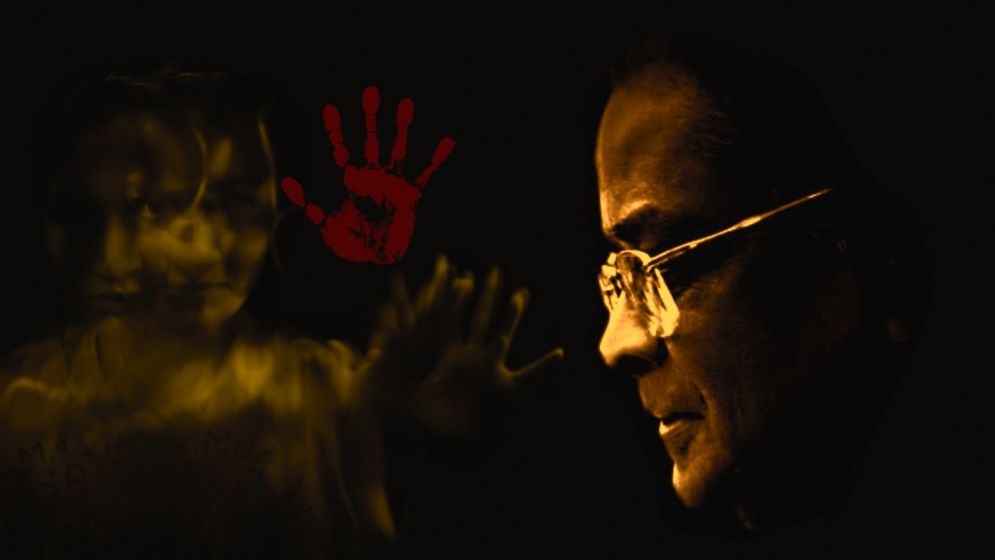
Humayun Ahmed had a remarkable talent for creating fear, but not the kind you'd expect. He wasn’t about ghosts or monsters; instead, he specialized in psychological horror. His stories dug deep into the human psyche, exploring fears that were primal and persistent, not fleeting or superficial. His writing was claustrophobic, suffocating, and unsettling.
Instead of relying on traditional horror elements, such as the supernatural, he focused on the darker side of human nature—emotions like lust, jealousy, hatred, and obsession. Even the purest forms of love, like maternal love or romantic affection, were twisted into sources of anxiety and terror in his tales.
When I was a child, my fears were centered around the bathroom. But not just any bathroom—it was a particular, vivid image: a small, confined space with moss-covered walls and an open roof. A man would sit there, his legs dangling down, his face filled with sorrow and his eyes haunted by a deep sadness. Blood would drip from his mutilated feet.
Even though our bathroom didn’t have an open roof, I couldn’t help but avoid looking up for a long time. The image of that man haunted me. The source of this fear was a short story by Humayun Ahmed called Bina'r Oshukh ("Bina’s Illness").
I had read Bina'r Oshukh long ago, and I’d forgotten much of it. But I could never forget that moss-covered, four-walled room with an open roof, and the man with the mutilated feet. When I re-read the story as an adult, the fear it evoked was even more intense.
It wasn’t until I was older that I began to understand the psychological terror Humayun Ahmed had woven into the story. As a teenager, the fear felt more like a haunting image than something I could fully grasp.
The fear in this story is subtle, psychological, and deeply rooted. It’s not something an adolescent mind can easily comprehend. The true horror in Bina'r Oshukh lies in understanding the backstory of the man with the mutilated feet and delving into Bina’s emotional turmoil. Without that, the fear remains trapped within the confines of that small, oppressive room.
Bina’s father is paralyzed, and she lives in the city with her uncle and aunt, who love her dearly. She goes to college, and everything seems normal at first. But one day, Bina’s uncle forbids her from going to college, without explaining why.
It takes a few days for her to learn the reason: a man named Jobed Ali is following her. Her uncle is terrified that he might harm her—perhaps by throwing acid or causing some other injury.
However, Jobed Ali is far from a dangerous figure. He was supposed to marry Bina, but when she first met him, she was repulsed. She describes him as having a beastly face, his mouth slightly ajar with a black, shriveled tongue, and a smell—an unpleasant mix of sour milk and burnt wood. The smell was so overpowering that her uncle himself had called off the marriage. Bina felt relieved.
But then Jobed Ali began following her, quietly and persistently. What could he possibly want? And why did he keep pursuing her? The mystery only deepens from there.
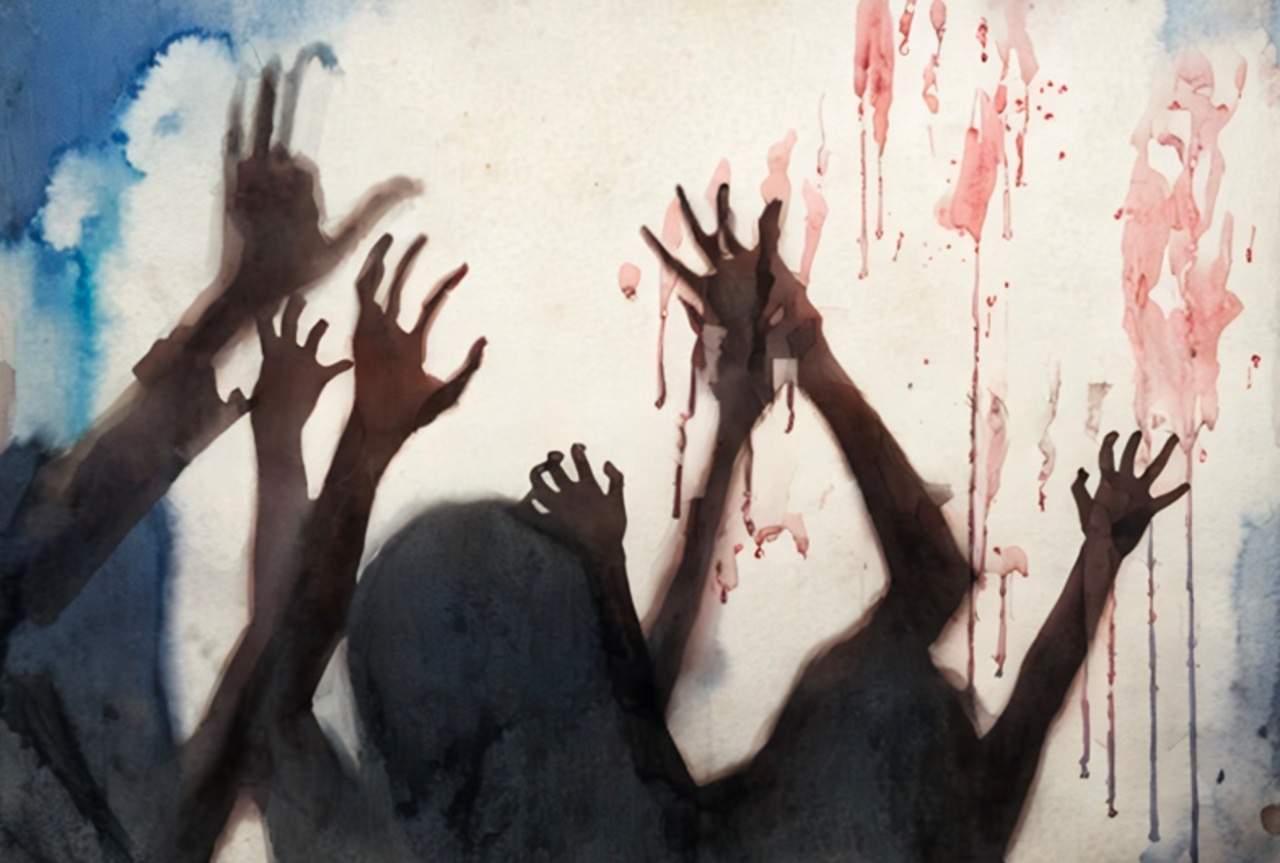
Fear, disgust, and the unseen tragedy
Bina’s aversion to Jobed Ali was so deep that, even before the marriage was called off, the mere thought of her uncle visiting sent her heart into a panic. She dreaded the possibility that he might bring news of the wedding. Her nights were filled with nightmares, where she would dream of marrying a handsome young man.
But upon entering the wedding chamber, she would be confronted with a grotesque creature instead—a beast with a twisted, wriggling black tongue and a sharp, monstrous face. The terror of being forced to live with such a creature, to have it sleep beside her and touch her, filled her with dread.
The relief when her uncle finally broke off the marriage was immense. But that sense of relief was fleeting, as Jobed Ali began to follow her.
The real horror in Humayun Ahmed's Bina’r Oshukh is not the man’s physical presence, but the mystery of why Jobed Ali is following Bina. She doesn’t know his intentions, nor does she understand what drives him to track her. Is he good or bad? What does he want?
This uncertainty gnaws at Bina’s mind, like an insect burrowing under her skin. No matter what she does, whether it’s pulling out her hair or hiding inside her house, the discomfort never fades. Her fear escalates, to the point where she won’t even lift the curtains, certain that Jobed Ali is standing outside.
Bina is then sent to her village home to recover from an illness. The house is old and uninhabitable upstairs, so she stays on the ground floor. As her fever subsides, the sense of being constantly watched fades too. Her favorite spot in the house is the bathroom, which has moss-covered walls and an open roof.
One afternoon, while taking a bath, she is struck by a familiar, dreadful odor—the same peculiar smell of sour milk and burnt wood. The sensation makes her body go cold. As she looks into the water of the basin, she sees blood dripping into it. When she looks up, there he is: Jobed Ali, sitting on the roof, his mutilated feet dangling down, blood dripping from them. His face, however, isn’t monstrous—it’s handsome, but filled with sadness and sorrow. Bina faints.
Bina’r Oshukh delves into the psychological horror of a 21-year-old woman whose marriage is being arranged to a man she cannot bear. The reason for her disgust is so personal and sensitive—his physical appearance, his odor—that she can’t voice it without feeling deep shame.
How could she reject him for such shallow reasons? "You’re ugly, you’re hideous, you smell strange"—such reasons feel almost too shameful to admit, yet they are the truth.
In a civilized society, we are taught that beauty is subjective, that everyone has worth. But the uncivilized truth remains: some people are physically unattractive, and Bina’s internal conflict becomes a battleground between social decency and the raw discomfort she feels.
Her uncle, though, handles the situation with maturity, never revealing the true reason for the broken engagement. Bina, however, cannot reconcile the man’s love for her with her own rejection of him. Jobed Ali's obsession with her makes her feel as if she is trapped in a nightmare, unable to escape.
What’s most unsettling is that Jobed Ali is not malicious. He could have harmed her at any point, but he doesn’t. Instead, he follows her in a quiet, relentless pursuit. His love for her, however misguided, seems genuine—something Bina cannot accept.
The real terror lies in her fear of being judged for rejecting him, of being seen as cruel for not loving him. How could she tell anyone that she was repulsed by his appearance and smell?
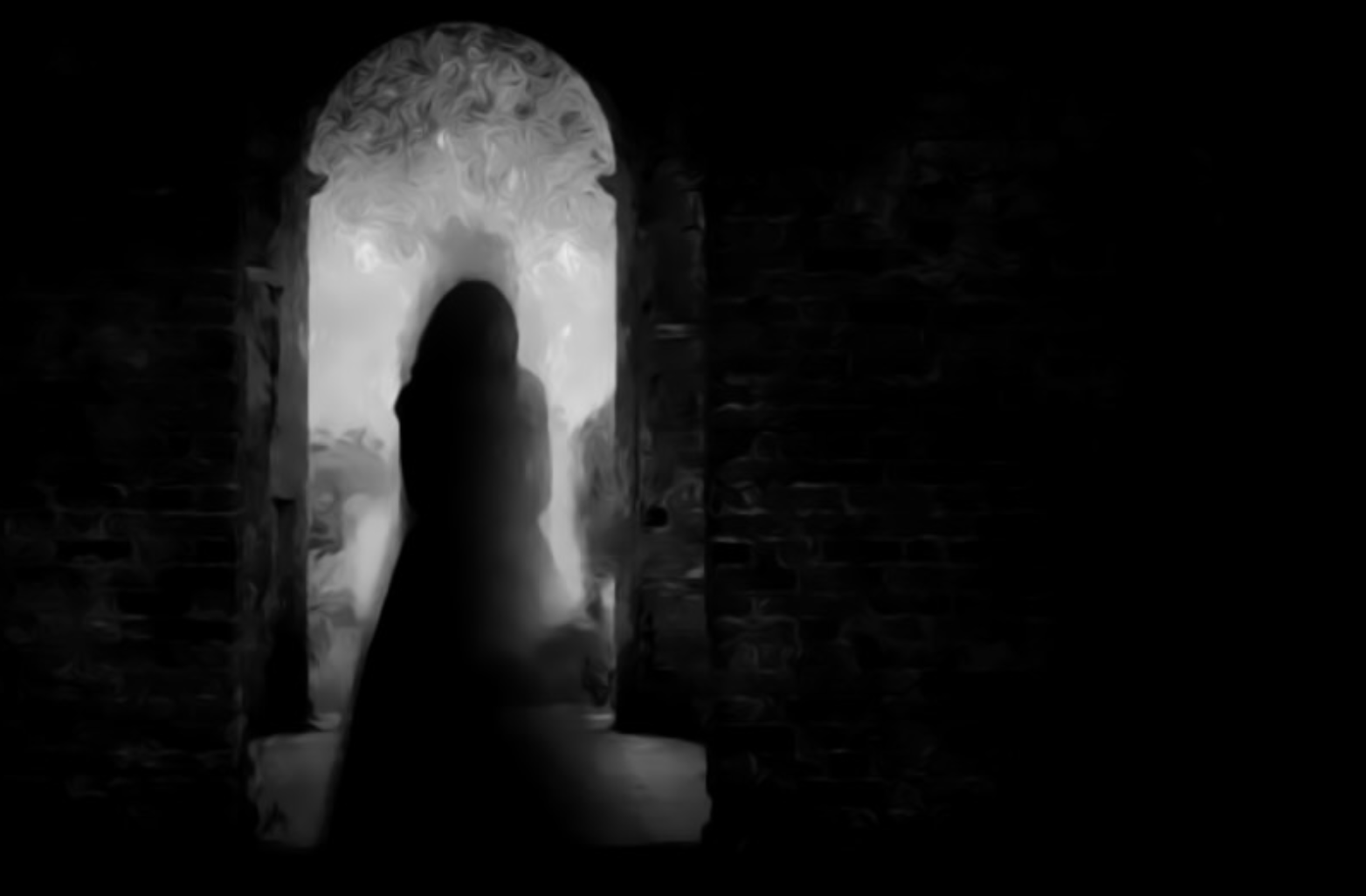
Confronting humanity’s ugly truth
The crux of Bina’s illness is not just fear of Jobed Ali, but the profound shame and guilt she feels about her own reaction to his physicality. She fears that, if the truth comes out, she will be seen as an animal—just as she sees him. The story poses the uncomfortable question: In a world that teaches us to be compassionate, how do we reconcile these harsh, ugly truths about human attraction and repulsion?
The story takes another tragic turn when Bina learns that Jobed Ali has died in a truck accident. His legs were crushed beyond repair, and he lived for eighteen more hours in agony. Even in his final moments, Jobed Ali repeatedly asked her uncle about Bina and even gave him money for her wedding.
The horror that plagued Bina throughout the story was, in the end, a manifestation of her internal struggles—her fear, her guilt, and her shame. It is a story of psychological torment, where the real monster is not the one outside, but the one lurking inside her mind.
The story of Bina’r Oshukh concludes with a bitter irony—freedom. Bina is finally free from the relentless pursuit of Jobed Ali. The man who haunted her thoughts and fears is gone, and with his death, she is liberated from her terror.
In the end, her uncle reveals that they had misunderstood Jobed Ali. He wasn’t a bad person after all; in fact, he was a good man. The villagers, upon hearing of his death, came to the hospital in droves, mourning him deeply, their cries echoing the deep regret of the community.
The last time Bina saw Jobed Ali, sitting on the roof of the bathroom with his mutilated legs dangling, there is a simple explanation for the vision: a hallucination. But there’s something more troubling—why did Bina perceive sorrow in Jobed Ali’s face? What accounts for the sadness in his eyes? Was it because he had died?
The fear of marrying him or being pursued by him no longer exists; Jobed Ali, in essence, no longer exists. Yet, after his death, Bina feels an inexplicable sadness.
Her uncle could have learned what a good person Jobed Ali was by simply asking the villagers, yet he only comes to this realization after Jobed Ali’s death. Why wait until after the man’s passing to acknowledge that we often see only the surface of a person, not their inner character?
The tragedy lies in the fact that if Jobed Ali were still alive, Bina’s uncle would have never recognized that a man, seemingly ugly on the outside, could possess such a beautiful spirit. If Jobed Ali had lived, Bina would never have seen the sorrow in his face as he sat there, mutilated.
It is a reflection of the uncomfortable truth that we, as human beings, are often more or less "ugly" inside—our flaws and fears hiding beneath the surface.
Humayun Ahmed uses Bina’r Oshukh to expose this uncomfortable aspect of humanity—the fear of confronting our true selves. Bina's illness, after all, stems from a fear of facing the truth. Though the story never explicitly states it, I believe that Bina will face two possible paths for the rest of her life.
The first path is acceptance—coming to terms with the reality that people can be physically unattractive and acknowledging that her fear of Jobed Ali’s appearance was not entirely unfounded. On this path, Bina would find peace and happiness, free from guilt.
The second path, however, is denial—rejecting the truth about herself and others, continuing to carry the guilt of depriving Jobed Ali of love. This path would be one of eternal suffering, filled with regret and self-recrimination.
Personally, I think Bina will choose the second path. Her illness, after all, would not have existed had she taken the first. The source of her torment lies in her inability to accept the truth—about Jobed Ali, about herself, and about the ugly fears she harbors within.

The true essence of horror: Fear
within the mind
When I think of the horror genre, one name immediately comes to mind: Ari Aster. He’s currently my favorite horror filmmaker, and if he were to encounter the kind of psychological terror that Humayun Ahmed so masterfully creates, he would be astounded.
Aster himself delves deeply into inner fear, often using relationships as his focal point. His horror is about relationships, specifically the dynamic between parents and children. His recent film Beau Is Afraid is based on a short film that tells the story of a middle-aged man who goes to the airport to pick up his mother.
Upon returning to his apartment, he leaves the key hanging on the lock for some reason. When he goes outside, the key is gone. Suddenly, he’s trapped in his own apartment, unable to leave because he fears the thief will enter. As he tries to explain the situation, no one believes him, and he becomes consumed by hallucinations.
He believes someone is trying to break in and kill him, spiraling into extreme anxiety. He even attaches a bell to the door and sleeps by it, hoping to prevent an attack.
The short film ends with the man calling his mother and asking, “I can’t come, Mom. Will you take me from home?” But the person on the other end of the line isn’t his mother—it’s a beast, with hair growing on its hands, fingers twisted and animal-like nails. The beast is eating grass, and on the table is the bunch of keys the man was desperately searching for.
This seemingly meaningless story, though, is a deep commentary on toxic parenting. The mother in this story has kept her son so tightly wrapped in the blanket of overprotective love, affection, and control that, even as an adult, he cannot escape.
He’s never been able to explore the outside world, never learned to trust people, or become socially independent. Every time he attempts to break free, the mother takes away the metaphorical "keys," keeping him confined within the four walls of his upbringing. This fear of parental control is Aster’s idea of horror—the ultimate and most suffocating form of motherly love.
My favorite horror film, however, is It Follows. The story revolves around a terrifying concept—being followed. You can escape from the person who is following you, but they won’t chase you. They will only walk slowly, at the same pace that an ordinary person would.
No matter how far you run, they will always find you. They will kill you, but here’s the twist: To survive, you must have a physical relationship with someone. By doing this, the entity will stop following you and start following that person instead. In a sense, you "pass the danger" to someone else. But here's the catch—if the entity kills the new victim, it will return to follow you again.
Now, imagine living your life in constant fear, knowing that the danger you passed on to someone else will eventually circle back to you. Even if you survive for a time, you will never truly escape the terror. The girl in the movie doesn’t find peace, and neither will you.
This horrifying concept stuck with me long after the film ended, casting such a disturbing shadow over my mind that I still haven’t dared to watch it a second time. Yet, despite the fear it stirs, it remains my favorite horror film.
So, what is the real fear? Where does true horror lie? It’s not in what we see with our eyes—it’s in the mind. It’s psychological. It’s the kind of fear that creeps into our subconscious, that discomfort we can’t easily explain, yet we feel it deeply in our bones.
You can read a story quickly and move on, but there’s always that lingering unease, a sensation of fear that you can’t quite articulate.
Take the scene from Humayun Ahmed's Nishithini, for example, when Feroz is simply standing there—his upper body bare, holding a rod. At first glance, it’s not a particularly terrifying sight. In fact, we encounter far more frightening visuals every day.
But there’s something deeply unsettling about Feroz in that moment. Why? Because we know his story. We understand the tragic, haunting background of his illness, and that context adds a layer of fear that makes the scene far more chilling than any outward image could.
True horror, I believe, isn’t found in what we can see, but in what we understand. It lies in the depths of our psyche—the fears and stories that shape us from within. The real terror is what we carry inside.
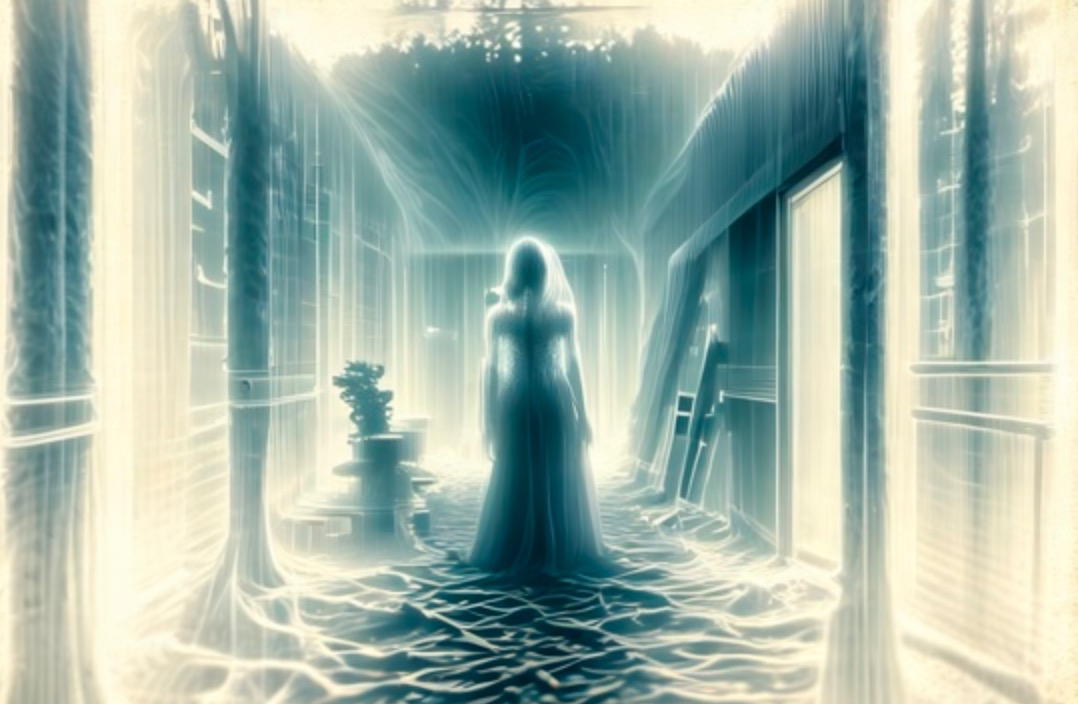
The psychological journey of inner
fear
Humayun Ahmed had a remarkable ability to craft stories and atmospheres that linger in the mind, and he understood that true horror lies in the subtle stirrings of inner fear. A story doesn’t need to be overtly terrifying; a moderate amount of psychological tension is enough to leave a lasting impression.
And that’s exactly what Humayun Ahmed achieved in his horror stories. His narratives are deceptively simple, yet profoundly unsettling. Fluent, yet strange. Superficial, yet deeply thought-provoking. One prime example of this is the story Dwitiyojon ("The Second One").
In Dwitiyojon, seventeen-year-old Priyanka is married to thirty-year-old Javed Sahib, a man who had been married once before, but whose wife has passed away. Naturally, the significant age gap between them keeps their relationship at a distance. Priyanka is unsure how to address him—should she use the formal "apni," or the more informal "tumi"?
She settles for the passive voice, avoiding both. Priyanka knows that Javed Sahib is a good and kind person, but despite this, their relationship feels distant. She struggles to bridge that gap, but something unsettling begins to happen.
After sunset, Priyanka begins to see strange things in the house—sounds, shadows, and a growing sense of fear. The intensity of her terror becomes so overwhelming that she grows frail and pale, with dark circles under her eyes. Her relatives, who visit, fail to recognize her. But no one can get a clear answer about what’s causing her fear.
The story is short, and the summary above covers the entire plot: Priyanka's fear. What is it that terrifies her? It’s not her husband, Javed Sahib, whom she sleeps beside every night. No, Priyanka starts seeing a second Javed Sahib—someone who sits in an easy chair, reads books, coughs, paces on the veranda, and asks for water.
This second Javed Sahib is not a younger version, nor is he different in any significant way from the first. He’s the same age, the same person, with one key difference: one version sleeps at night, and the other stays awake.
From a psychological perspective, Dwitiyojon offers a simple explanation. Priyanka, a teenage girl not yet fully matured, is naturally going to feel anxiety and fear about physical intimacy with a much older husband. She likes Javed Sahib as a person, but the age gap creates discomfort.
The internal struggle manifests as two separate personas of Javed Sahib: one that’s familiar, who she sleeps beside, and the other, who is present during her waking hours. The fear stems from her anxiety about their relationship.
However, the explanation becomes more complicated. If the second Javed Sahib had been a younger version, this could be interpreted as Priyanka’s wishful thinking—a younger, more approachable version of her husband would make the situation more comfortable. But that’s not the case.
The second Javed Sahib is identical to the first, in age and appearance, with the only difference being his wakefulness. This complicates the psychological explanation, as it implies something more sinister at play.
The unsettling twist comes at the end of the story when it’s revealed that Javed Sahib’s first wife also experienced the same fear before her death. She too saw two Javed Sahibs—one real, one fake—and couldn’t tell them apart. Eventually, she lost her sanity and died insane.
This revelation gives the story a chilling finality, turning Priyanka’s fear from something internal to something far darker, a family curse that has plagued the women before her.
Isn’t that an unsettling piece of information? The terror lies not in what Priyanka sees, but in the psychological weight of her perception—and the frightening possibility that the same thing happened to her late predecessor. It’s this haunting ambiguity, where the boundaries between reality and illusion blur, that makes Dwitiyojon such a masterful example of psychological horror.
With one unsettling piece of information, the story of Dwitiyojon shifts from exploring Priyanka’s inner psyche to something much deeper and more mysterious. The question that haunts the narrative is this: why did two different people see two identical men existing simultaneously in the same place?
The horror doesn’t lie in the physical manifestation of these two Javed Sahibs—it lies in the question itself. The very idea of seeing someone you know in two places at once, of encountering two versions of the same person, is chilling and perplexing. From a logical standpoint, the concept is almost fascinating.
You once had one loved one, but now you have two. But the real terror emerges not from the logic of it, but from the inability to accept it. The horror comes from the disruption of reality itself.
It reminds me of a point I once read in a Humayun Ahmed story, where he writes that if you had a third eye, logic would tell you that it would be an advantage. You’d see more, you’d have a broader perspective, your abilities would be enhanced. But society wouldn’t accept you. They’d ostracize you, fear you. You’d be seen as unnatural.
This mirrors Priyanka’s fear of Javed Sahib. Despite his harmlessness, she is terrified of him—though he doesn’t physically harm her, there’s a deeper, intangible source of fear at play. It’s not something she sees or feels in the usual sense. It’s a kind of fear that comes from within, a fear of the unknown, of the irrational, of what lies beyond the comprehension of ordinary logic.
This is the true horror—the kind that doesn’t come from the external, but from the internal. The genuine fear, the one that lingers in the mind, disrupting your sense of reality.
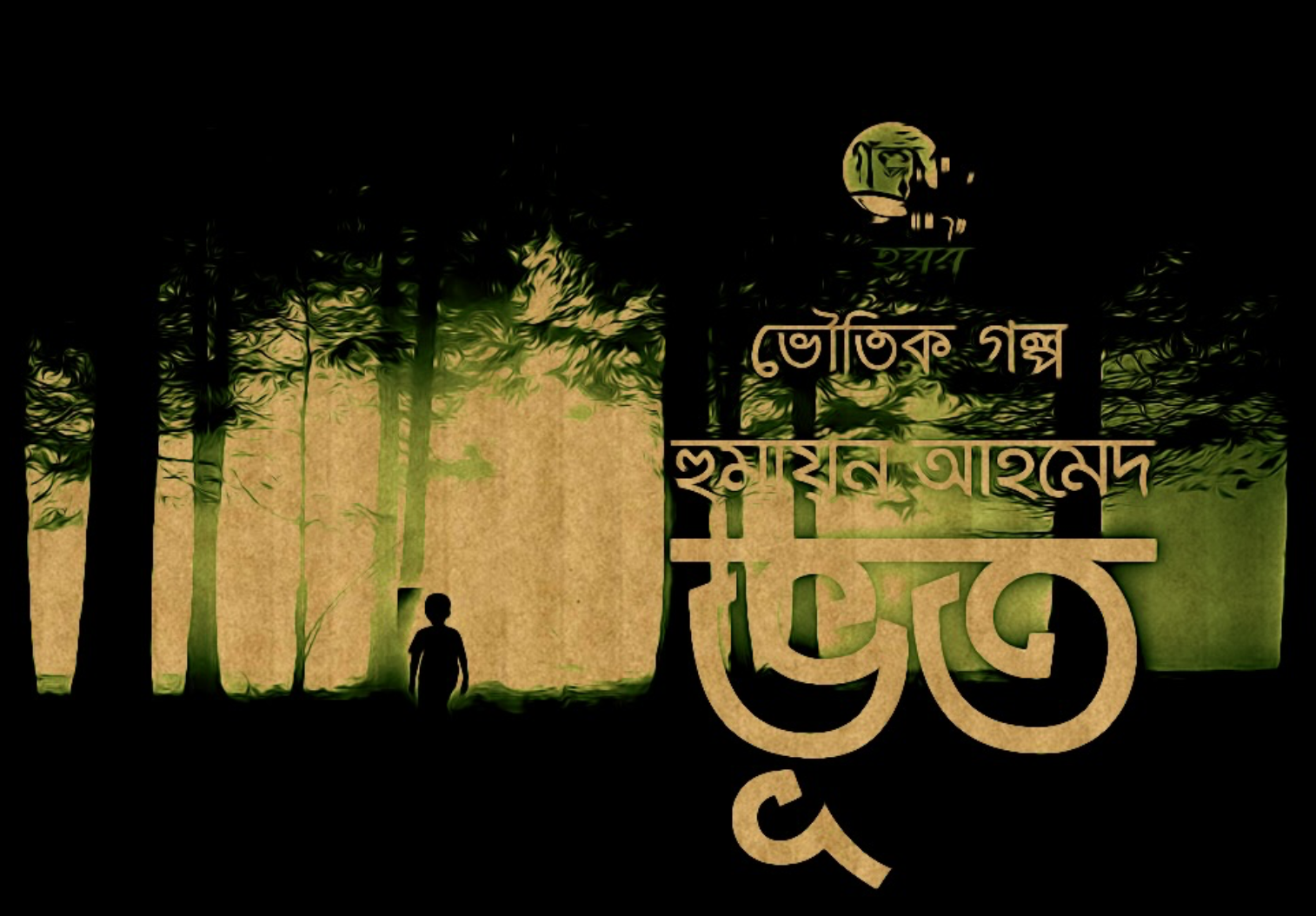
The last of the literary stars
Shah Rukh Khan is often hailed as "The Last of the Stars," and perhaps Humayun Ahmed is the last star of our literary world as well. With his magical touch, he crafted worlds filled with melancholic nights, moonlit storms, and strange, psychological fears.
His contributions to literature are immense: stories, novels, sci-fi, horror, bizarre tales, mysteries, love stories, songs, dramas, and films, all blending into a unique genre that bears his name—the Humayun genre.
I started this reflection on horror, and I’ll end it with a strange and eerie tale by Humayun Ahmed. The story is called She. It’s set in a clinic, where a young, pregnant woman from a wealthy family is admitted one night. One of the doctors, Hasna Banu, becomes the object of the patient’s strange attachment.
In a moment of vulnerability, the patient reveals that her unborn child has communicated to her in a dream—that her family plans to kill the baby once it's born. Naturally, Hasna Banu dismisses this as the ramblings of a distressed mind. But the patient, in a moment of desperation, makes Hasna Banu swear on the Quran that she will save the child when the time comes.
As the night unfolds, the prophecy is realized.
The child is born, but it’s no ordinary baby. It’s a grotesque lump of blackened flesh, with tiny elephant-like trunks writhing and shrinking, and eyes rimmed in kohl. In shock, Hasna Banu watches as the baby struggles toward its unconscious mother, desperate for her affection.
But before it can reach her, the baby succumbs to death, its cries echoing "Mother, mother," before it finally fades away.
This, in itself, is an example of bizarre horror, but reading it moves me deeply. The creature, though hideous, only wanted one thing—to be loved by its mother. It knew it was monstrous, feared and rejected, but in its heart, it longed for the only person who might accept it: its mother.
There’s a profound similarity between She and Bina’r Oshukh. In both stories, beauty becomes a tool of fear. Now, imagine that the woman in She—the one who gave birth to the strange, repulsive creature—is actually Bina from Bina’r Oshukh.
Picture Bina lying in a hospital bed, only to awaken and see that same ugly lump of flesh near her chest, its trunks wriggling and those sorrowful, kohl-rimmed eyes staring up at her. It calls out, “Mother.”
Now, here’s the haunting question: Will Bina kiss her ugly child’s cheek, or will she recoil in horror, discarding it as a grotesque thing unworthy of her love?
—
Shakhawat Hossen is a writer
(Translated from Bangla by Faisal Mahmud)

